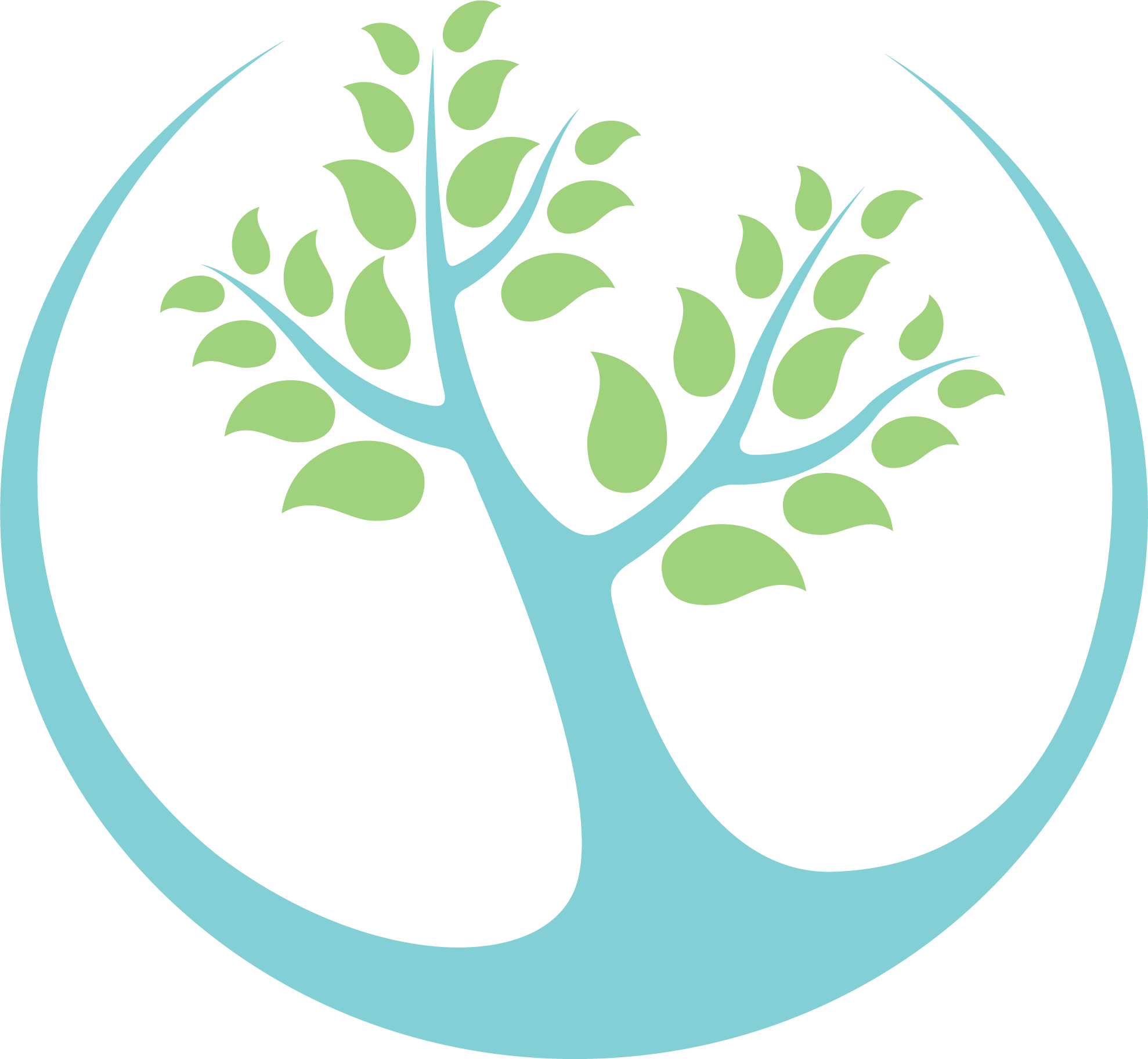Cutting
We are in a time of uncertainty and evolving change. I am offering video therapy or teletherapy via HIPPA approved software, including Zoom. Video platforms are easy to access and utilize —I email you a link and you can click on it at the time of our session.
Cutting is a self-harm behavior where a person feels some sense of emotional relief from cutting oneself with a knife or a blade. Cutting, like other self-harm behaviors, is often used to relieve such emotions as emptiness, loneliness, sadness and anger. Many individuals who cut report a momentary feeling of relief followed by shame and negative feelings about the self. Cutting is a behavior often associated with Borderline Personality Disorder.
Self-harm—also known as self-injury or self-aggression, is typically performed to regulate one’s emotional world, to blunt an overwhelming emotional reaction, or to literally “feel something,” so as to not be numbed out from one’s emotions. This behavior is seen in both men and women, though women are more likely to cut than men.
There are a host of other types of self-harm behaviors that individuals may use compulsively in order to regulate their emotional experiences, including:
- alcohol,
- drugs,
- gambling,
- head banging,
- impulsive spending,
- pornography addiction,
- sex, and
- suicidal gestures
Like cutting, these behaviors also tend to be used as ways to help a person to feel better emotionally, although in the long term they often leave the person feeling worse and more depleted.
Dialectical Behavioral Therapy (DBT) can be highly successful in reducing self-harm behaviors. In this therapeutic approach, concrete strategies are given to reduce self-injury behaviors, and to develop alternative ways for managing negative emotions.
